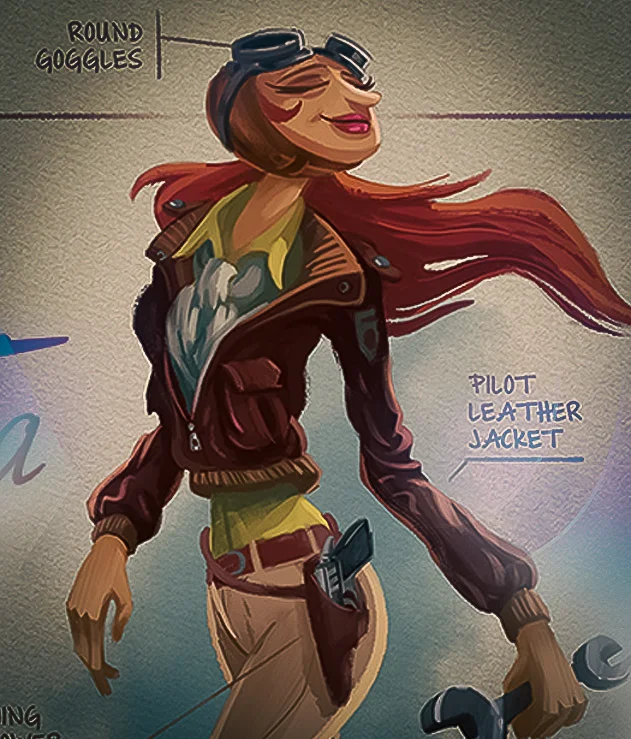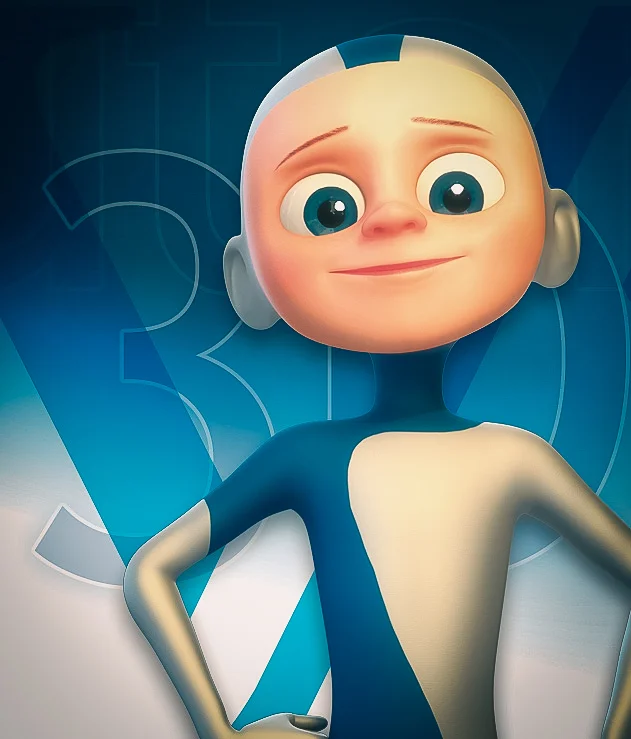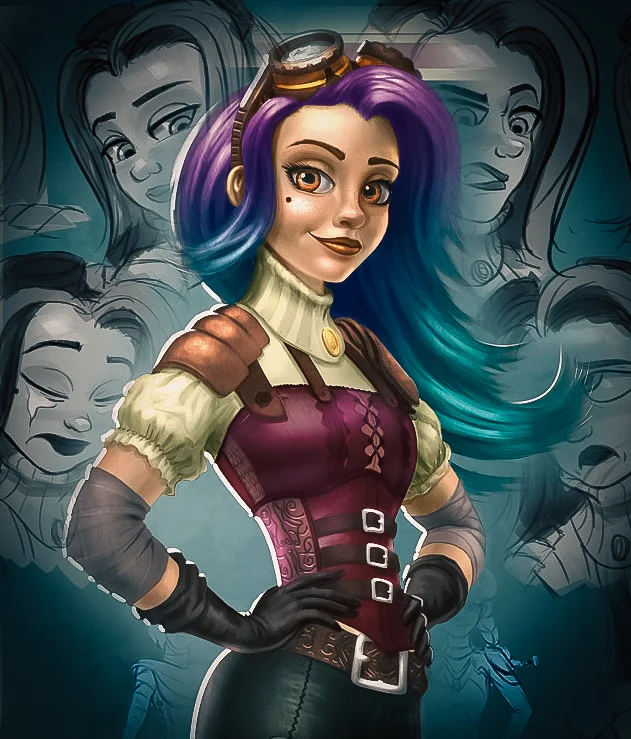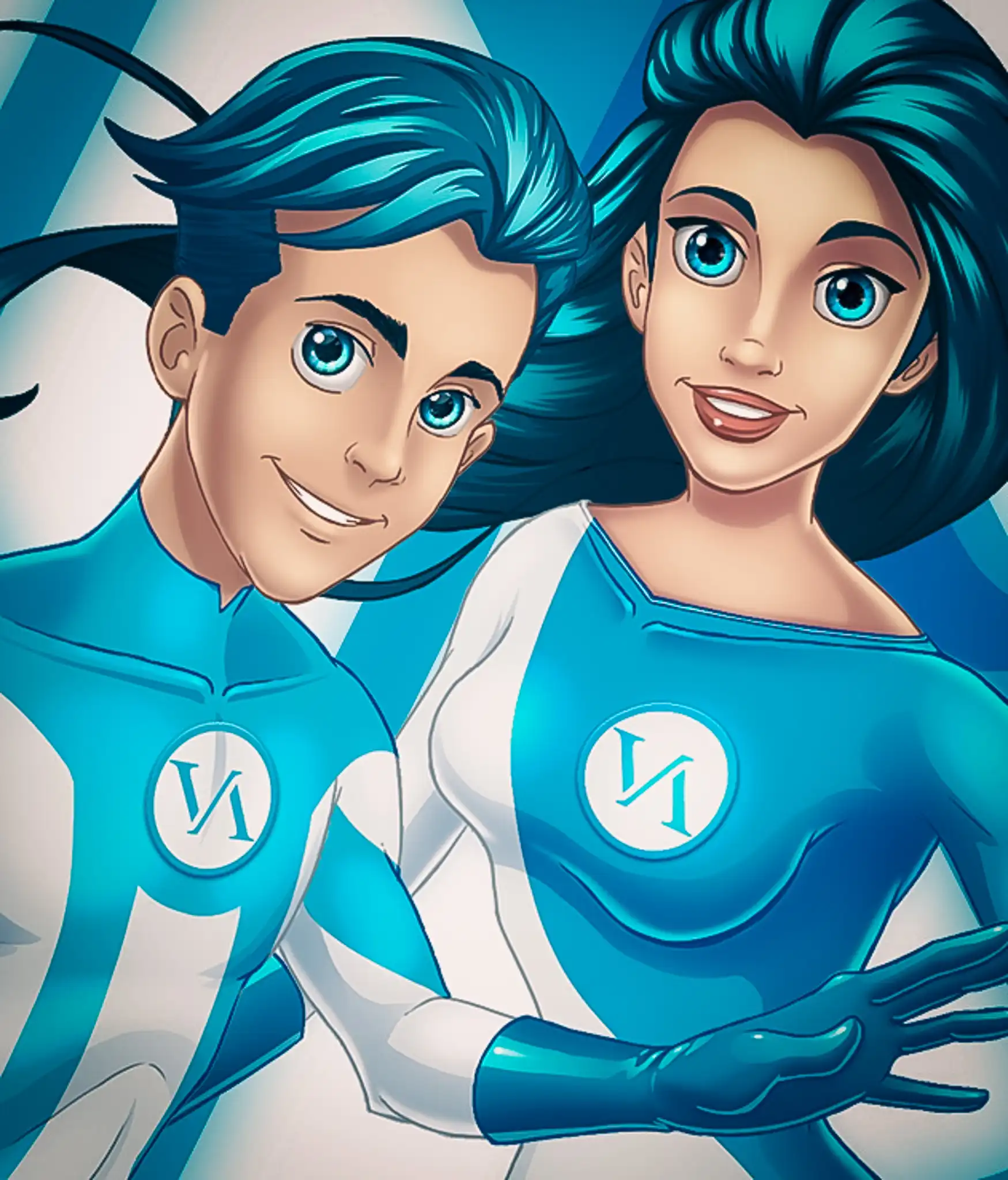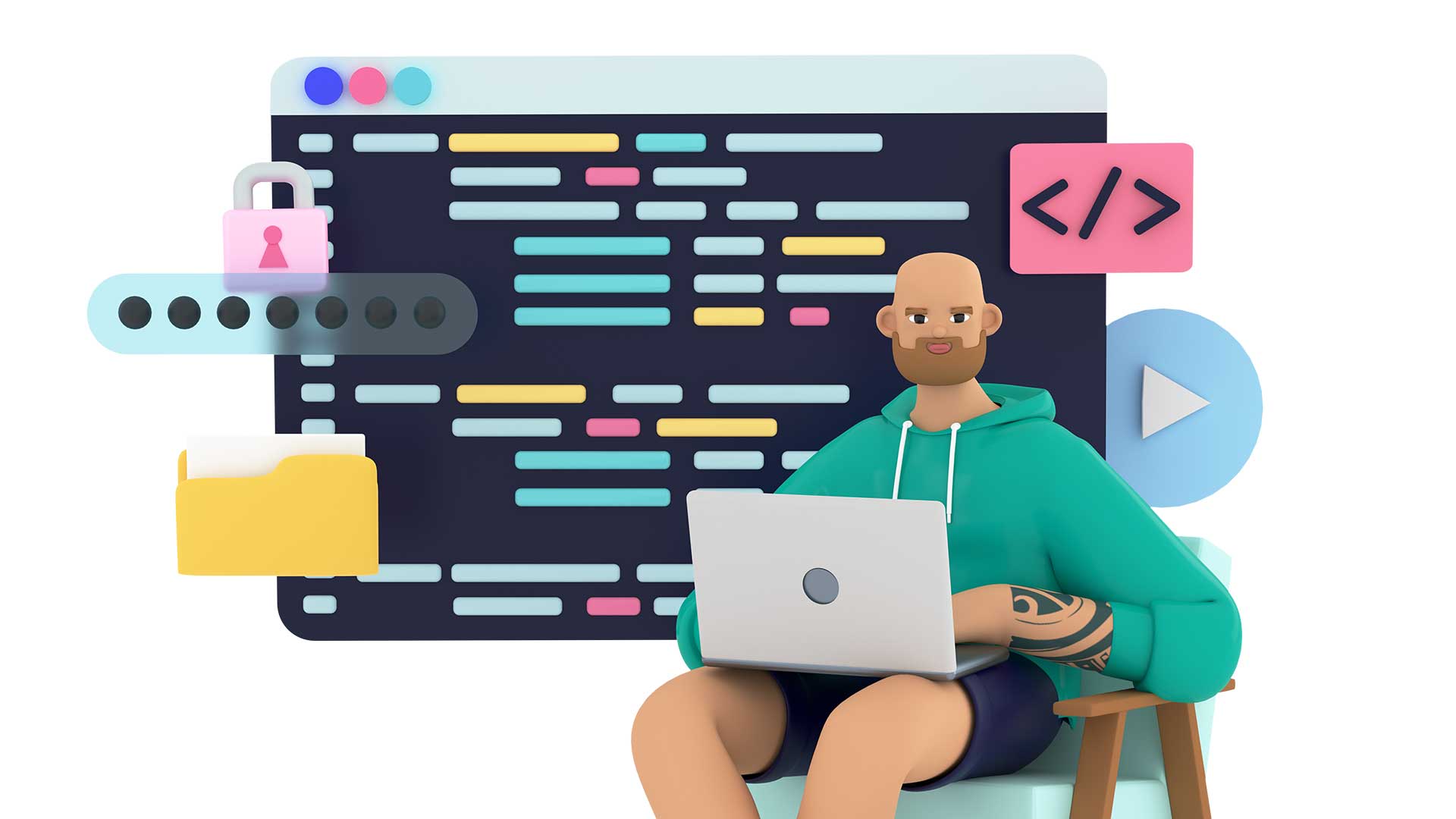 Image: Elena Sharipova (Motion Array)
Image: Elena Sharipova (Motion Array)
Author: VANAS Team
Best AI for Video Generation
Table of Contents
- What is Animation and Why It Matters
- How AI is Changing Video Generation
- Best AI Tools for Animation and Video in 2025
- Which AI Animation Tool Should You Use?
- Getting Started with Your Own Animation Projects
- Understanding Copyright and Artist Protection
- Frequently Asked Questions
1. What is Animation and Why It Matters
Animation is the art of bringing still images to life. It's used in movies, games, shows, and even social media videos. Whether you’re watching a Pixar film or playing a video game, you’re experiencing Animation in action.
For teens who love storytelling, drawing, or creating digital content, Animation can be an awesome way to express yourself. It lets you build whole worlds from your imagination. And thanks to artificial intelligence (AI), you don’t need to be a professional animator to start. AI tools are making Animation faster, easier, and more creative than ever before.
2. How AI is Changing Video Generation
Imagine typing a sentence like “a dragon flies over a snowy mountain at sunset” and watching it turn into a video. That’s what AI video generation does. These tools understand your words and turn them into moving images—sometimes with sound, characters, and realistic motion.
Animation is now more accessible because of AI. It can help you animate characters, create visual effects, and build scenes even if you’re just starting out. Tools like OpenAI’s Sora or Google’s Veo let you make short films or clips without needing expensive software or years of training.
Some AI tools even let you control camera angles, add voices, or build storyboards. Whether you’re doing a school project, a YouTube short, or your first animated short film, AI can be your creative assistant.
3. Best AI Tools for Animation and Video in 2025
Here are the top AI video tools you can explore if you want to dive into Animation:
Google Veo 3
- Great for making cinematic videos with sound
- Can add dialogue, music, and motion that feels real
- Ideal for storytelling and short films
OpenAI Sora
- Helps you build multi-scene stories using text prompts
- Works well for creative, imaginative Animation
- Has a “Storyboard Mode” that’s perfect for planning longer videos
Runway Gen-3 Alpha
- Popular with pros and used in Hollywood
- You can edit scenes, control motion, and tweak everything
- Best for those who want full creative control
Pika Labs 2.0
- Easy to use and super fun
- Great for quick social media videos or experimenting
- Keeps your characters looking the same in each scene
Kling AI
- Makes realistic videos with smooth motion
- Can create clips up to two minutes long
- Used for storytelling and dramatic Animation scenes
Hailuo AI
- Strong in voice sync and detailed visuals
- Not as fast but really accurate
- Good for talking characters and clean motion
Luma Dream Machine
- Awesome for short clips (5–10 seconds)
- Turns images into animated motion
- Lifelike results and very beginner-friendly
HeyGen and Synthesia
- Focused on educational and business-style videos
- Use avatars, voice cloning, and language options
- Better for presentations and training content
4. Which AI Animation Tool Should You Use?
Choosing the right tool depends on what kind of Animation you want to make. Here’s a quick comparison:
| Tool | Best For | Strengths | Weaknesses |
|---|---|---|---|
| Veo 3 | Storytelling with sound | Realistic visuals, adds music/voices | Requires detailed prompts |
| Sora | Creative short films | Easy scene-building | Character motion can vary |
| Runway Gen-3 | Pro-level editing | Total control, editing tools | Takes time to learn |
| Pika Labs | Fun, fast content | Quick results, great style | Not ideal for serious stories |
| Kling AI | Long scenes, smooth animation | Clean motion, cinematic feel | Region access may vary |
| Hailuo AI | Talking avatars, strong sync | Great lip-sync and emotion | Slower to generate |
| Luma Dream Machine | Short, high-quality clips | Very realistic motion | Clip length limited |
| HeyGen/Synthesia | Explainers and training videos | Good avatars and voice tools | Less creative animation options |
5. Getting Started with Your Own Animation Projects
If you’re ready to try Animation with AI, here’s how to begin:
- Decide what you want to make: Is it a funny short, a story, or a visual experiment?
- Pick your tool: Try Pika Labs for speed, Veo for sound-rich video, or Runway for full control.
- Write a clear prompt: For example, “a cartoon dog skateboarding in the park during sunset.” The more details you give, the better your result.
- Upload your art if needed: Some tools let you use your own drawings or images.
- Experiment with scenes and motion: Try different camera angles, lighting, or music.
- Save and share: Show your Animation to friends, teachers, or on social media.
Animation isn’t just about tools—it’s about creativity. Even if you’re not a pro, AI gives you the power to create amazing things from your ideas.
6. Understanding Copyright and Artist Protection
Creating Animation with AI is exciting, but it’s also important to know the rules around copyright. Just because AI helps you make a video doesn’t mean you can use anything, however you want.
Here’s what you need to watch out for:
- If you upload your own art: You usually own the final animation. It’s your design, your character, and your story.
- If you use only prompts: Some AI tools might share ownership or limit what you can do with the result. Always check the terms of service.
- Don’t use copyrighted characters: You can’t legally animate Spider-Man, Elsa, or Goku unless you have permission. That belongs to the studios.
Also, many artists worry that AI models learn by copying their styles. Some AI companies train their models using artwork from the internet, sometimes without permission. That’s a big issue.
Look for tools that respect artist rights. Some platforms let creators “opt out” of training data. Others clearly explain who owns what. If you're serious about Animation, start building your own characters and styles—it’s the best way to protect your creative work and make something truly original.
7. Frequently Asked Questions
How does AI help with animation?
- AI tools can create animated videos using text or images. They let you skip hours of drawing and focus on your ideas and stories.
Can I use AI animation for school or YouTube?
- Yes, many tools let you download and share your animations. Just make sure you’re not using copyrighted characters or music.
Is AI-generated animation free?
- Some tools offer free versions, but most have limits. Veo and Runway may require subscriptions or credits, especially for longer clips.
Do I need to know how to draw to use AI animation?
- Nope! AI lets you create animation without drawing skills. But if you do know how to draw, you can upload your art and bring it to life.
What kind of videos can I make?
- Anything from short stories and music videos to explainers or social media posts. Animation can be realistic, cartoonish, abstract, or anything in between.
How long does it take to make a video with AI?
- Some tools make videos in minutes. Others (like Runway or Veo) may take longer depending on quality and length. Most are pretty fast compared to traditional animation.

